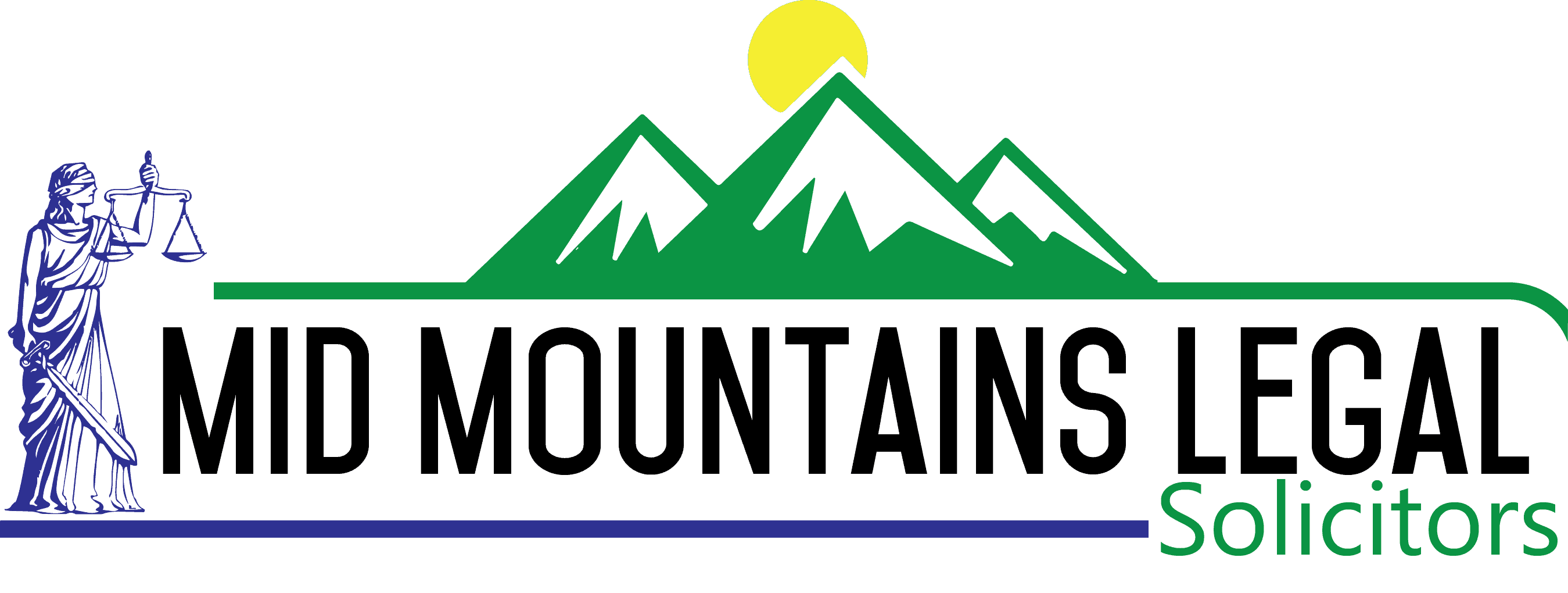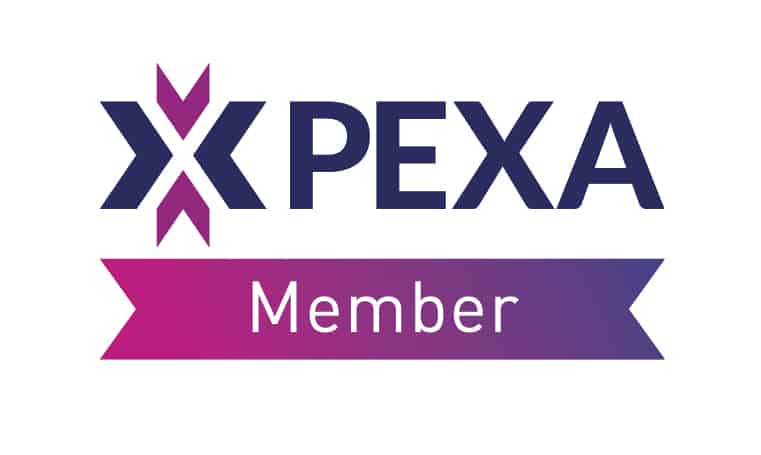
Intellectual property is often the most valuable asset of a business. Steps a business takes to protect its intellectual property can have a significant impact on its goodwill and its ability to fully exploit the intellectual property. If, on the sale of a business, the intellectual property is not appropriately protected:
- the sale price may be adversely affected, or
- the process may be more difficult, time consuming and costly.
This article outlines the types of intellectual property and answers some frequently asked questions about the exploitation and protection of intellectual property.
What is intellectual property?
The expressions “industrial property” and “intellectual property” describe the rights giving protection to creative and intellectual effort. They include copyright, designs, patents, trade marks, circuit layouts, plant varieties and confidential information.
Trade Marks
A trade mark can be a phrase, word, number, letter, smell, sound, shape, picture, logo, aspect of packaging or a combination of these used to distinguish your goods and services from those of other traders.
The registration of trade marks and infringement of registered trade marks is governed by the Trade Marks Act 1995 (Cth). Registration of a trade mark provides the legal right to use, license or sell the mark within Australia for the goods and services for which it is registered.
The difference between trade marks, company and business names sometimes causes confusion. Registration of a business name or company name does not in itself give you any proprietary rights – only a registered trade mark can give you that kind of protection. The same words may be registered by different people as business names, company names and trade marks. However, the owner of a registered trade mark can sue the owner of a business or company name for infringing the trade mark if they use it to describe similar goods or services to those covered by the trade mark registration.
When your trade mark is registered, you do not have to prove that you have gained a reputation in any market to bring an infringement action under the Trade Marks Act for a breach of your registered mark. On registration, you gain the right to:
- exclusively use or authorise another person to use the mark within Australia in relation to goods or services specified in the registration;
- sell the trade mark as personal property; and
- notify the Australian Customs Service of your objection to the importation of goods that infringe your rights in the trade marks.
To be registrable, a trade mark must be distinctive: it must be capable of distinguishing specified goods or services from those of other traders in the market. A trade mark application is likely to be rejected if it:
- cannot be represented graphically;
- is incapable of distinguishing your goods or services from those of someone else;
- incorporates a prohibited sign;
- is likely to deceive or confuse if used in relation to the specified goods or services;
- includes scandalous matter or its use would be contrary to law;
- is substantially identical with, or deceptively similar to, a registered or pending trade mark in the name of someone else describing similar goods or closely related services (unless you can establish exceptional circumstances).
The easiest trade marks to register and protect are those consisting of:
- newly invented words with no meaning; or
- random or arbitrary names, which have a meaning not connected to goods or services they represent (e.g. “Dr Pepper” soft drink).
Trade marks which are likely to be difficult to register include:
- those descriptive of the goods they represent, or
- those claiming laudatory titles such as “outstanding” or “perfect”; or
- generic words which can be used for a common product or service (e.g. “lemonade”, “mobile phone”, “t-shirt”).
The initial registration period is 10 years. Registration may be renewed indefinitely for periods of 10 years. If you do not use your registered trade mark, it may be vulnerable to removal from the register for non-use.
Although it is not compulsory, trade mark registration allows maintenance of goodwill held by valuable trade marks and avoids the having to bring court action against an infringer.
The trade mark registration process typically takes eight to eighteen months.
Copyright
Copyright law was formulated to protect literary endeavour. It now encompasses all manner of productions, from computer programs to films. The law of copyright is governed by the Copyright Act 1968 (Cth). Copyright constitutes personal property. Australia has no system of registration for copyright protection.
Copyright is legal protection for people who express ideas and information in forms such as writing, visual images, music and film. Copyright law is a pillar of industries such as publishing, film, music and computer software.
Copyright does not protect an idea or information itself – only the form of its expression. Copyright protection is free and automatic. A work need not be published, or to bear a copyright notice for it to be covered by copyright. However, it can not simply be copied from another work – it must be the result of its creator’s skill and effort.
Copyright can exist in materials produced by a business such as marketing brochures, procedures manuals, computer programs, databases and packaging. As copyright protects the “creator” of the work, issues regarding the true ownership of copyright and legal authority to use the work can arise when a business contracts or outsources creative functions to third parties. It is important to appropriately deal with these issues are before engaging a contractor to undertake work for your business.
The general rule is that copyright lasts for the life of the creator plus 70 years, or in some circumstances for 70 years from the date of first publication.
Patents
The Patents Act 1990 (Cth) (the Act) regulates rights in relation to patents and patent owners (“patentees”). The Act gives a patentee a monopoly for inventions which are novel and not “obvious”. A patentee’s monopoly right prevents others from selling, using, making or otherwise exploiting an invention, for the duration of the patent. A patent must be registered in each country in which protection is sought.
To be patentable, an invention must meet criteria set out in the Patents Act. The invention must be novel (i.e. new and inventive) and must relate to a field of commercial (as opposed to artistic) endeavour.
Patentable inventions include devices and industrial or technical methods or processes. However, not all inventive concepts lead to patentable inventions (e.g. the presentation of information, or the discovery of natural phenomena).
To fulfil the requirement of being “new” or “novel”, the invention must not have been published or used by anyone anywhere in the world before the “priority date” of the patent application. Accordingly, the confidentiality of information about an invention is important to a successful patent application.
In Australia the two types of patent protection are a standard patent and an innovation patent. Both types require the invention to be novel, but an innovation patent has a lower threshold of inventiveness, provides a lower level of protection and has a shorter term (8 years) than a standard patent (20 years).
The process of applying for a patent is technical requiring skill and expertise, so a specialist patent attorney is usually engaged.
Designs
In the context of intellectual property, “design” relates to the artistic element in or overall appearance of a manufactured product.
In Australia, the Designs Act 2003 (Cth) provides a system for the registration of designs. Registering a design protects a newly created appearance for an article or product from being copied by competitors for up to 10 years. Registering a design initially protects the design for five years and can be renewed for a further five years.
Registration of a design gives the owner protection for the visual appearance of the product but not its feel, what it is made from, or how it works.
To be registrable, a design must be new and distinctive. A design is generally distinctive unless it is substantially similar in overall appearance to other designs already in the public domain. Infringement of a registered design occurs when someone uses a design which is substantially similar in overall impression to the registered design.
Confidential Information
“Confidentiality” and “trade secrets” refer to both a type of intellectual property and a strategy to protect intellectual property. Confidential information may be anything from a concept or business idea to a formula or plan to make something. As this type of confidential information may be difficult to protect under laws relating to other forms of intellectual property such as trade marks or copyright, a Confidentiality Deed may be an appropriate form of protection for confidential information.
For information to be protected under a Confidentiality Deed:-
- it must have the necessary quality of confidence, that is, it cannot be information known to the public already;
- whilst it need not be novel, inventive or original, it must be a product of the mind that confers a confidential nature on that information; and
- it must be provided in circumstances of confidentiality.
A Confidentiality Deed is an agreement between parties (companies, individuals, or both) to keep specified information confidential. One party may disclose confidential information to another, or both parties may exchange information. Confidentiality Deeds are commonly used in:
- negotiations for the sale of business, where the seller allows a potential purchaser to inspect accounts and other financial information to assist them in deciding whether to purchase the business;
- a joint venture or partnership, where parties considering an alliance to benefit them both each reveal business information or secrets to the other to assist them in deciding whether to enter into a business relationship together, or having done so, to share information benefitting each other;
- a new business idea or concept, where someone with a business idea or concept approaches someone as a potential partner, or for finance, for technical support or otherwise;
- as part of an employment contract to prevent an employee from making unauthorised use of the employer’s information during and after their period of employment.
Domain Names
Of increasing importance is that your business has all relevant domain names registered with the relevant organisations.




